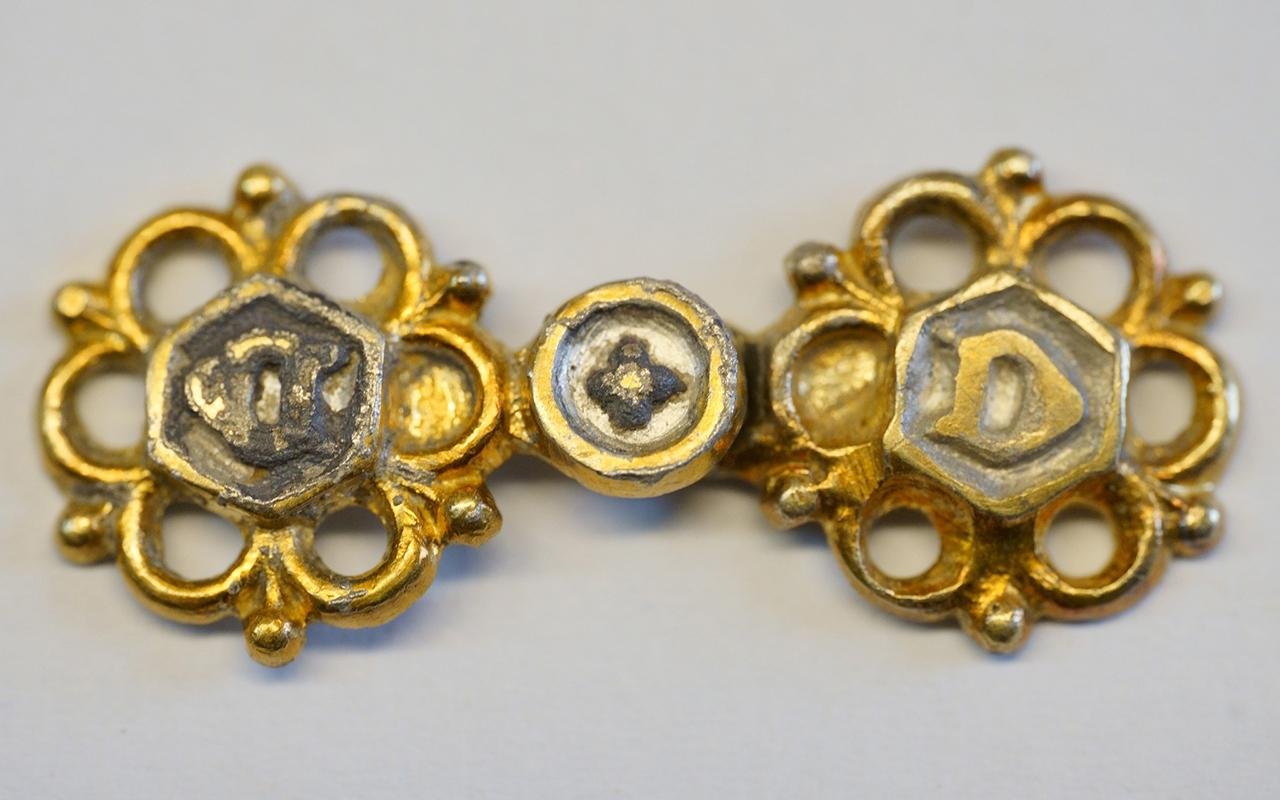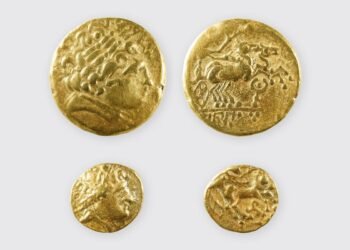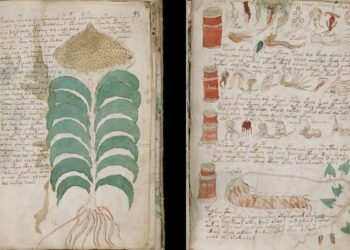During an archaeological excavation conducted in preparation for the Visegrád Renaissance Development Program, experts unearthed the oldest surviving structure of the first royal palace and a unique jewel from the Anjou period.

This exploration was led by the Castle Administration and conducted by the staff of the King Matthias Museum and the National Archaeological Institute of the Hungarian National Museum.
The highlight of this discovery is a pair of finely crafted, gilded, cast-silver clothes clasps, measuring just 3.5 centimeters wide, believed to be around 700 years old. The clasps, found near the former palace chapel dedicated to St. George, are adorned with openwork decoration characteristic of the Middle Ages.
Archaeologists speculate that these clasps may have adorned the dress of Queen Elisabeth Piast, the widowed Queen Mother who resided in the palace during the mid-14th century.
The dating of the clasps to the first half of the 14th century aligns with the historical accounts of the Queen Mother’s residence in the palace. Gergely Buzás, an archaeologist and art historian, and Andrea Deák, an archaeologist from the National Institute of Archaeology, led the excavation efforts on behalf of the Castle Administration.
The investigation of the building will reveal much about the earliest period of the Visegrád palace complex since the current structures were only established during the reign of Louis I.
The excavated building, originally constructed in the time of Charles I, replaced a late 13th-century wooden townhouse and took on a multi-storied, possibly tower-like form from stone. The location of this mansion near the former palace chapel hints at its significance in royal life.
The comprehensive excavation, still pending completion, has unveiled traces of earlier settlements dating back to the late 13th century, including hearths and imprints of wall beams from wooden structures.
The unique discovery of the silver clasps, combined with the architectural features of the building, provides compelling evidence for the theory that this structure was the residence of Queen Elizabeth Piast. Historical accounts from the mid-1340s mention the independent mansion of the widowed Queen Mother, which underwent significant enlargement after Charles’s death, eventually transforming into a one-story house.
The royal palace, standing to this day, was built in the second half of the 14th century, likely incorporating a new suite for Queen Dowager while the old Queen’s house was repurposed and ultimately demolished at the end of the century.
As part of the Visegrád Renaissance Development Program, the Castle Authority is committed to rebuilding historic buildings in their original style, with a special focus on renewing the Citadel and the Royal Palace.




















